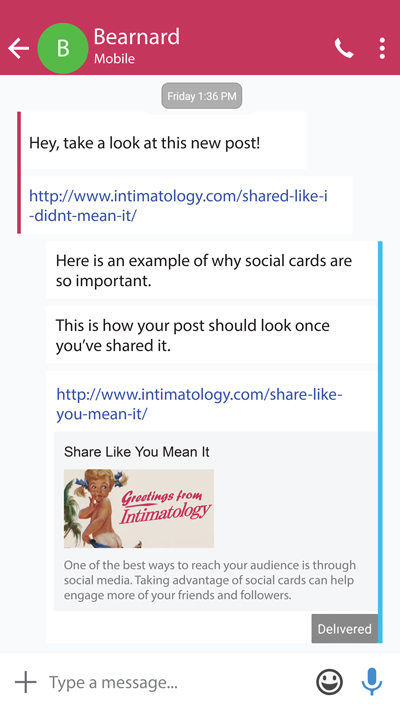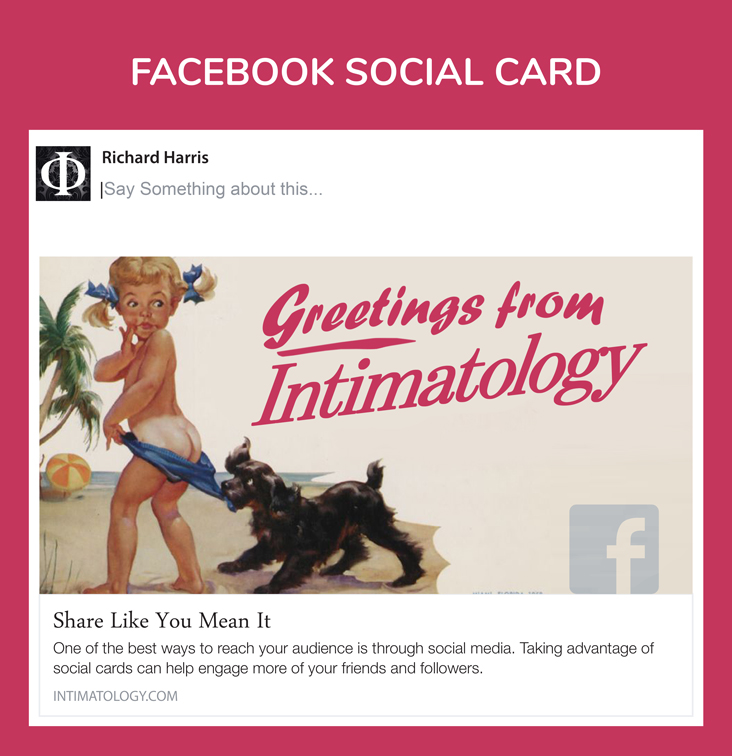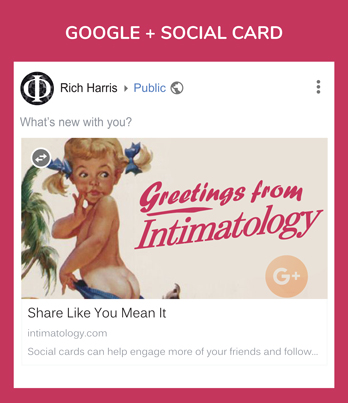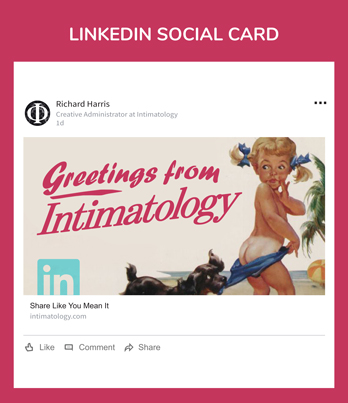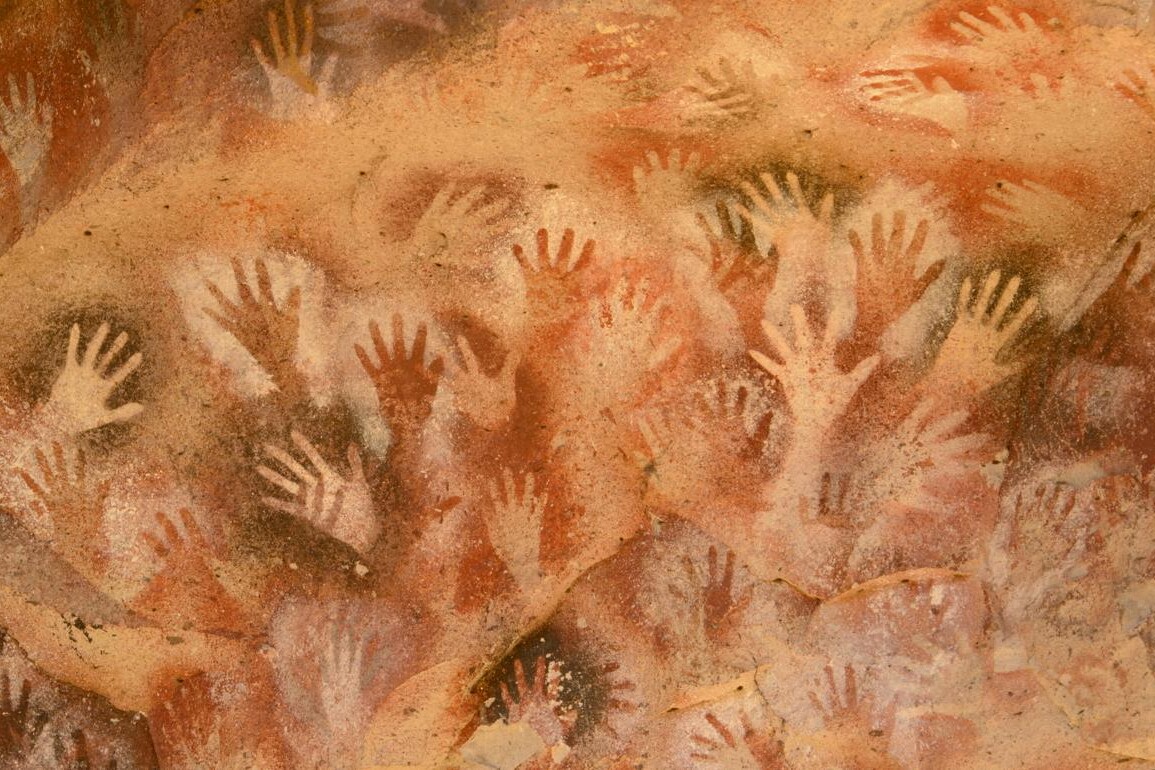Share Like You Mean It
Where's my Flying Car?
Share Like You Mean It
Sometimes it feels as though tomorrow has already come, and we’re already taking all of our technological luxuries for granted. Sure, we’re still waiting for flying cars and self cleaning kitchens and androids to serve us, but we got all kinds of stuff that only the science fiction writers could dream up. We’re all so used to our many advancements that we expect them now.
What would your 10-year-old self say about smart phones, self-checkout, streaming TV, self-parking cars and millimeter wave detection? Sounds like a spy movie or sci-fi novel, right? Except we’re all looking for something more interesting than any of that. If your phone recognizes your preferences and tells you about a nearby store as you walk by, you might swipe away the message without a second thought. If someone posts an impossibly ludicrous picture on social media you might scroll past with barely a glance. In a world of wondrous monotony, how do we grab our audience’s attention?
How do we grab our audience's attention?
Cards Are The New Cards
Share Like You Mean It
One of the ways to reach our distracted audiences is to use social media. But even there you can find yourself lost amidst digitally infinite content, buried under an avalanche of adorable puppies, comfort food and political opinions.
Some content providers take advantage of an oft overlooked technology called social cards. Without going into a boring tutorial on how to use them, the essential principal is that if a blog or web page is set up to support these cards, when someone shares such a page on social media (or in a text message), the post will look better. Without social cards, there’s usually a default image and text that goes along with an optional message written by whoever clicked the share button. Often enough that default image is blank or one of the least relevant images from the page and that description might be something generic.
If the cards are well managed, that default image would be a much more relevant representation of the shared page or website. The description should be something that helps readers understand what it is they’ll see if they follow the link.
Many brands already take advantage of these cards (making structural updates whenever social media channels change how their cards work), with our help, you can too. However, there are still plenty of brands and businesses that aren’t leveraging their own online content. If you’re sharing pages without social cards, those posts might only be engaging a tiny fraction of your friends and followers. When its done correctly the average social media user would hardly notice the technique, instead, they see your content. In our distraction-filled world, it helps to use anything that can bring your content closer to your audience.
- Upselling and Cross-Selling Infographic - November 28, 2017
- Share Like you Mean It - August 22, 2017
- Not Short for Apples - July 13, 2017
